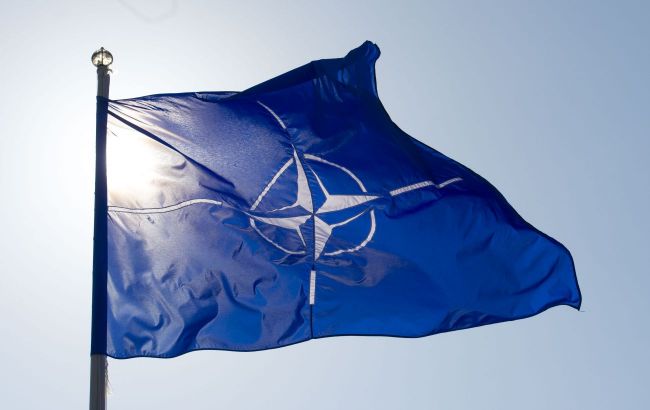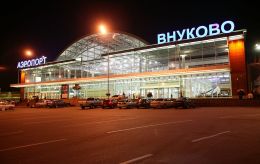NATO discusses easier rules to shoot down Russian jets – Telegraph
 NATO ministers to meet today for discussions (photo: Getty Images)
NATO ministers to meet today for discussions (photo: Getty Images)
NATO is discussing new rules that could simplify the downing of Russian fighter jets violating the airspace of Alliance countries, reports The Telegraph.
The negotiations are focused on developing a unified set of instructions for dealing with hostile aircraft.
Defense officials want Russian planes carrying ground-attack missiles over allied airspace to become potential targets.
A source familiar with the discussions said that the "weaponry and trajectory" of any aircraft will be key factors in assessing the threat.
NATO defense ministers meet on October 15
It is known that the defense ministers of NATO member states are set to discuss new rules for shooting down Russian aircraft on Wednesday, October 15. The reason for this is that Europe is increasingly facing growing threats from Russian planes and drones.
The Telegraph recalls that NATO leaders, including Donald Trump, have advocated shooting down Russian aircraft that violate NATO airspace.
However, some member states fear that a more rigid stance could provoke a conflict with a nuclear-armed adversary.
NATO commander-in-chief in Europe calls for a unified system to down Russian aircraft
Alexus Grynkewich, a US general and Supreme Allied Commander of NATO Forces in Europe, has privately called for the creation of a "unified, single air and missile defense system" to optimize responses to any future provocations from Moscow.
According to sources, this would help the Alliance's commander eliminate so-called national reservations that could hinder his ability to use force.
Many member states operate under different rules of engagement within NATO. Some require their pilots to visually confirm perceived threats before taking action, while others may act based on radar data.
This has led to private discussions about what must happen for a Russian aircraft to be shot down over allied territory.
Russian provocations in Europe
In addition to numerous airspace violations by drones in several European countries, the Kremlin also sends its fighter jets to provoke NATO members.
For example, on September 19, three Russian fighter jets entered Estonian airspace without permission. The incident was recorded immediately after the aircraft crossed into the country's territory.
Another two Russian fighter jets were spotted over the Petrobaltic oil and gas platform in the Baltic Sea. The incident occurred within Poland's territorial waters.
Following these incidents, NATO countries proposed various response options to future threats, so the Alliance seeks to reach a unified decision to counter real challenges effectively.

